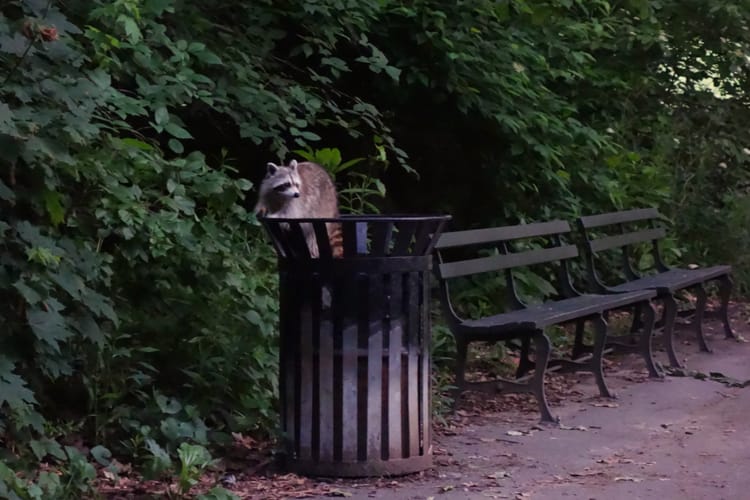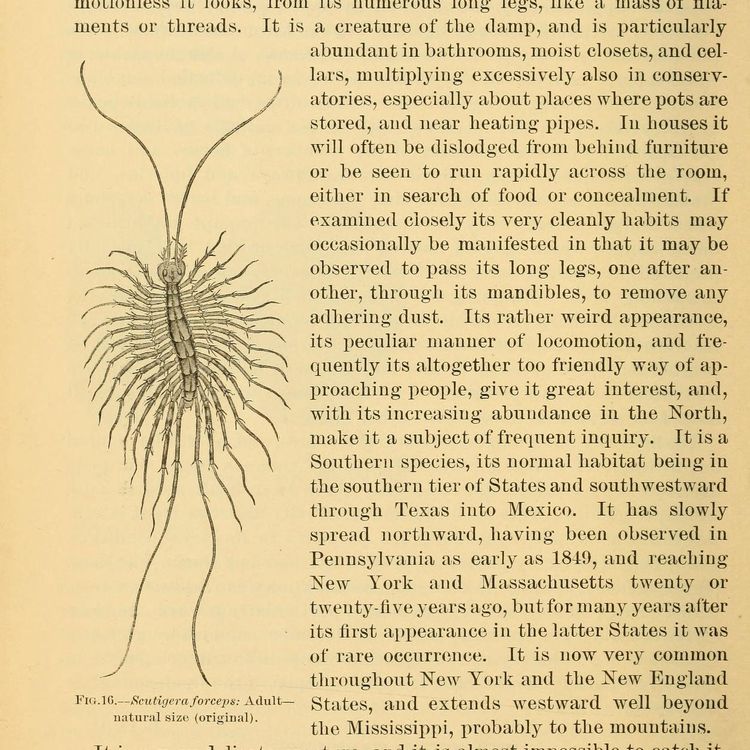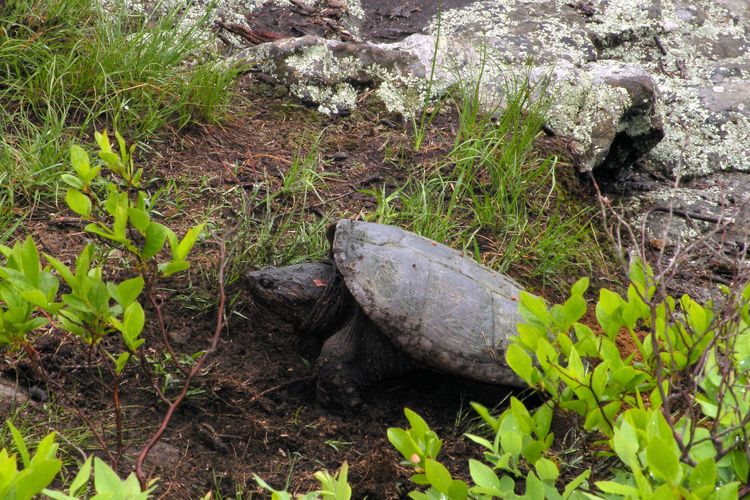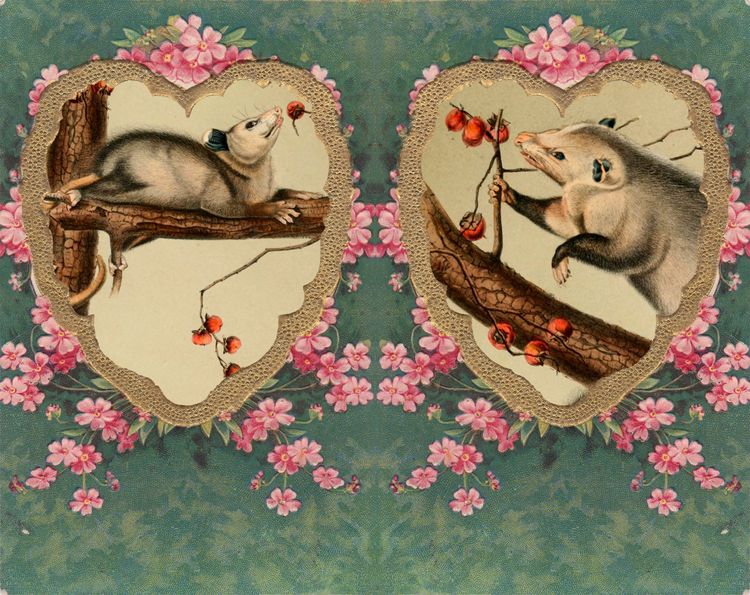Horseshoe Crabs Lay Eggs Under a Full Moon
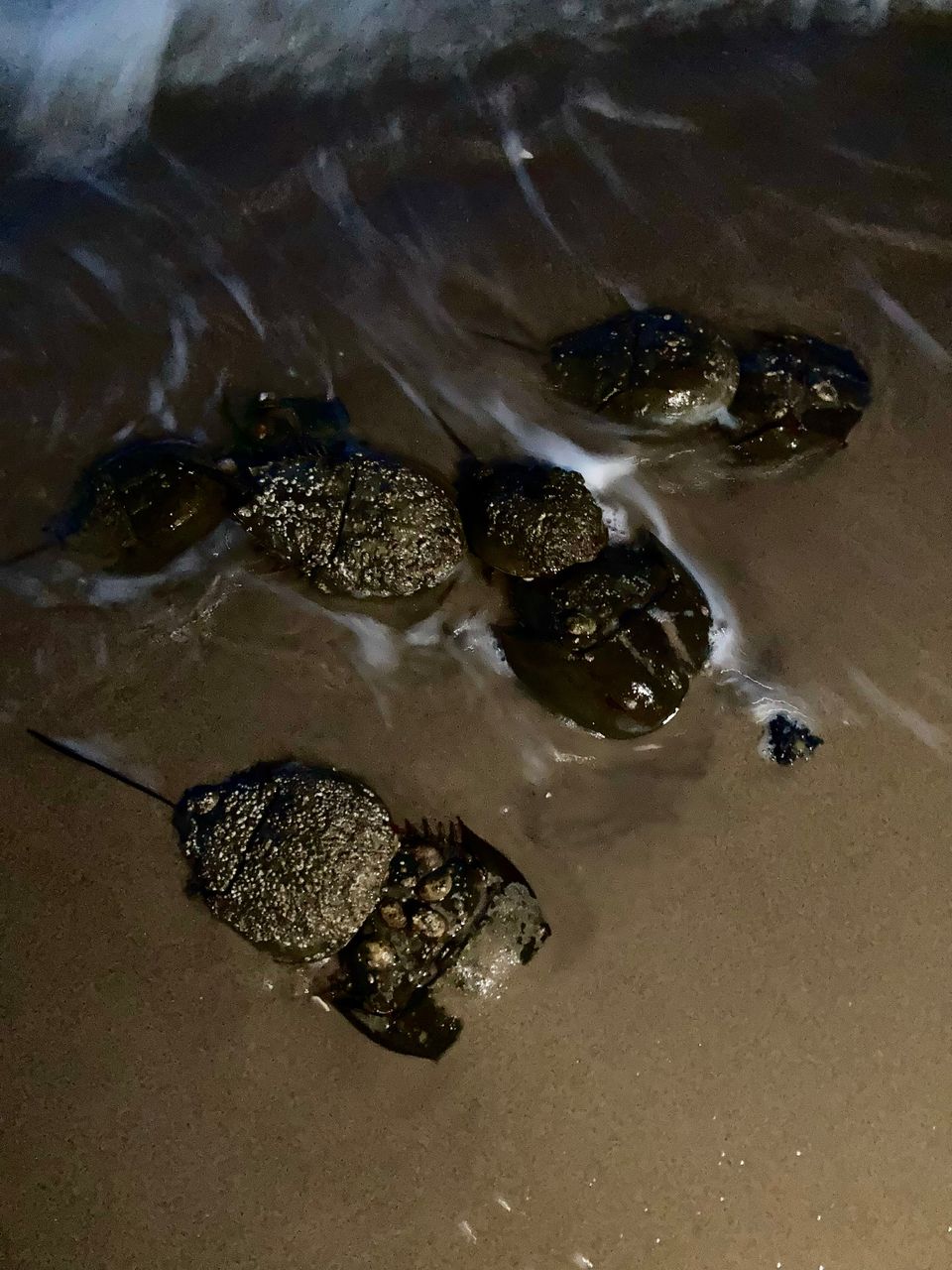
In the moonlit darkness, they are crawling. They are surrounded by night fishermen whose poles staked in the sand make acute angles into the waves, who crack beers that have nestled against thawing bait in styrofoam coolers. Weaving between discarded dogfish heads and tampon applicator flotsam, they are crawling.
While our almost-primate ancestors were evolving opposable thumbs, horseshoe crabs had already been crawling for almost 400 million years—their own opposable pincers opening and closing, opening and closing, grinding food at the base of their legs to place in their jawless mouths. Their hard shells are covered in 10 different eyes, some to detect UV rays from the moon’s reflected light, some changing the way they work depending on whether it’s day or night, some, presumably, with a view back into the inscrutable past.
When horseshoe crabs first swam, where there was land, there were no dinosaurs, no flying insects, not a tree in sight. Our shores were not even shores back then. We sported not one sandy beach, for our state was covered by a vast shallow sea. But horseshoe crab fossils have been preserved in New York’s shale, so they were crawling over land yet to be born.
This week (and for several weeks prior and several weeks more to come) large females will make their way onto the sands of Orchard Beach, Plumb Beach, Big Egg Marsh, and Dead Horse Bay, gravid with thousands of pinprick eggs and carrying males on their backs. Tradition has it that the extreme tides of June’s full moon lure the greatest number ashore, but it may have more to do with warmer water temperatures. Like us, they are drawn out on a balmy evening for love.
Go down to the beach one evening this week, not for the sunset, but for the moonrise. Behold the romantic rituals of an ancient being that has survived five mass extinctions but may not survive us.

- If you spot a horseshoe crab with a tag, note down the date and location, tag number, and whether the animal was alive or dead. Never pick a horseshoe crab up by its tail (more properly called a telson), as it could harm the animal, but if you need to get a better look at the tag, you can gently pick it up with your hands on either side of its shell. Report the information at fws.gov/crabtag and discover how the crab’s odyssey has unfolded. You’ll also receive a nifty pewter pin.
- As if horseshoe crabs don’t have enough to contend with on New York City beaches, a few of the shores they frequent are radioactive. Great Kills in Staten Island and Dead Horse Bay in Brooklyn both have some level of radium contamination. (Great Kills’ hot spot was first discovered during a post-9/11 aerial survey to develop a baseline radiological map of NYC.) The half life of radium-226 is 1,600 years—a blink of an eye in the horseshoe crabs’ span of existence on the planet, but not insignificant for individual crabs or humans.
- There may be no formal horseshoe pitching pit in New York City, but you can visit Horseshoe Playground in the Bronx (so named for its unusual shape), or check out horseshoes and other lawn games in Central Park. Be sure to memorize the recommended hand signals for play in advance.
